Monitoring your body composition is important when dieting, especially for athletes, as relying only on your weight doesn’t tell you how much of your weight loss is fat (good) and how much is muscle (bad).
The skinfold test, using calipers, involves measuring the thickness of subcutaneous fat at specific sites on your body and is widely used by fitness professionals to estimate both body density, body fat and lean body mass (or LBM).
The method isn’t foolproof; body fat estimations based on skinfold tests have about a 3.5 percent standard error rate, according to the American Council on Exercise. But its relative accuracy makes it a valuable assessment tool.
How To Measure Your Body Fat Percentage using calipers
Hold the calipers using your right hand with your thumb on the upper arm (marked press) and your index finger on the lower arm of the calipers. Now follow these instructions.
Note: You can take measurements on yourself but this isn’t easy, it’s better to get someone to take them for you. It is important that the measurements are always taken by the same person, in the same body location (called a landmark) and at the same time of day.
- Take all measurements on the right side of the body
- Make sure the muscle group being assessed is relaxed
- Grab a fold of skin between your thumb and index finger
- Hold calipers over and perpendicular to the skinfold
- The measurement point of the skinfold should be half way along length of fold
- Press the lever marked "press" until it clicks into place, this will ensure you exert the correct pressure
- Read the thickness of the skinfold on the caliper dial (some calipers must be held in place while you read the values, others have a slider that remembers the reading until they are reset, these are ideal if you are measuring yourself)
- To ensure accuracy take two readings on the same landmark and if they're not within 1-2mm of each other then re measure. Once the 2 readings are within 1-2 mm then take the average
Landmarks for 7-Site Skin Fold Test
| A - Abdomen | Take a vertical skinfold 2cm to the right of the belly button |
| B - Chest | take a diagonal skinfold (45 degree angle) half way between the nipple and outer chest (anterior axillary line) |
| C - Midaxillary | Can use vertical or horizontal skinfold (always use the same orientation) on the midaxillary line (down the side of the torso) |
| D -Subscapular | Take a diagonal skinfold measured 1-2 cm below the shoulder blade |
| E – Suprailiac | Take a slightly slanted skinfold just above the iliac crest (side of body above the pelvis) |
| F - Thigh | Take a vertical skinfold in the midline of the right thigh. Bodyweight should be shifted to the left foot. |
| G - Triceps | Take a vertical fold on the back of the upper arm, halfway between the elbow and top of shoulder. |
Landmark positions for 7-Site Skin Fold Test

Once you have these values you can calculate the following metrics
- Body fat percentage
- Body fat in weight
- Lean body weight
There are numerous ways to calculate these metrics, the one I recommend is the 7 point Jackson/Pollock method, you can use the free body fat calculator here
Categories of Body Fat Percentage
Now you have your body fat percentage value you can see how compares with this categorization from the American Council on Exercise:
| Category | Women | Men |
| Essential fat | 10% to 12% | 2% to 4% |
| Athletes | 14% to 20% | 6% to 13% |
| Fitness | 21% to 24% | 14% to 17% |
| Acceptable | 25% to 31% | 18% to 25% |
| Obese | 32% or higher | 26% or higher |
You should repeat this test every week or every other week to see effective your diet is in reducing your body fat.
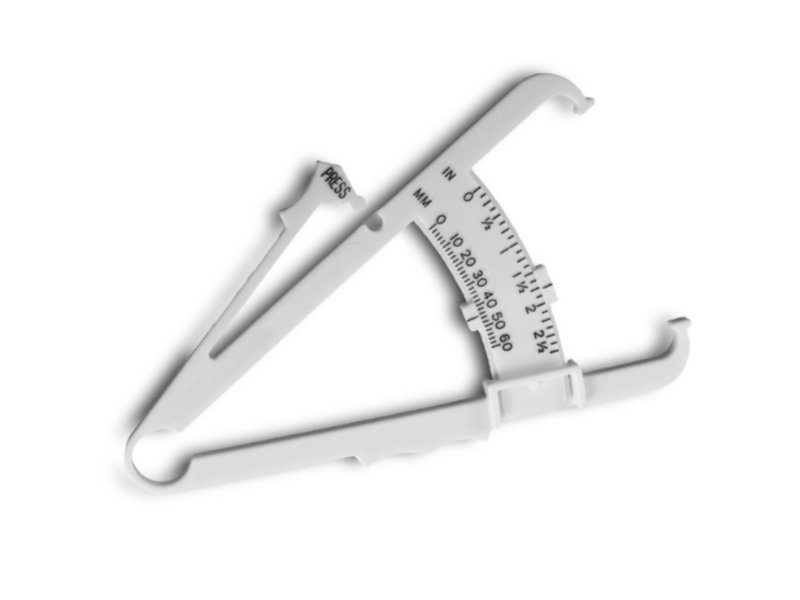
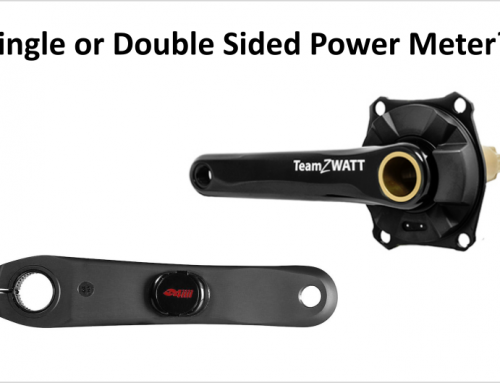
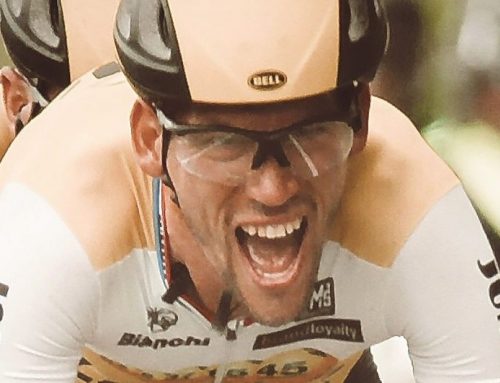
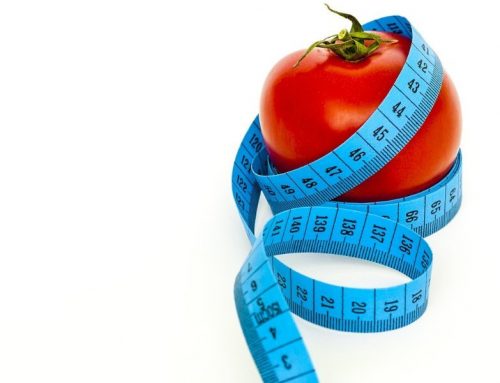
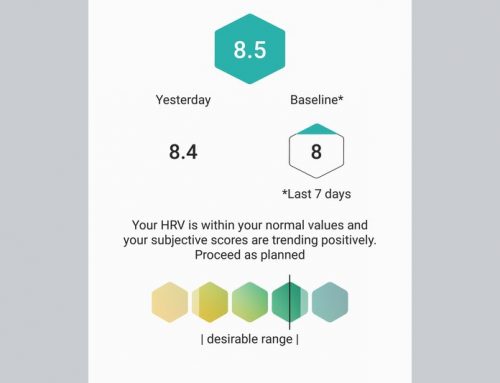
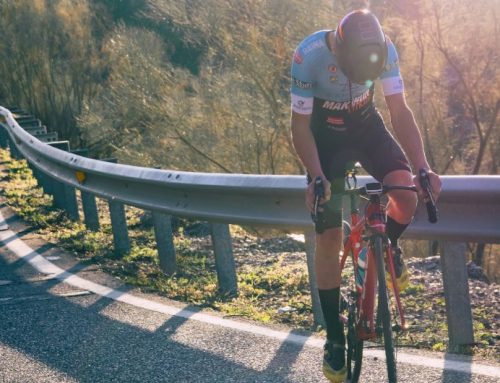
Leave A Comment
You must be logged in to post a comment.